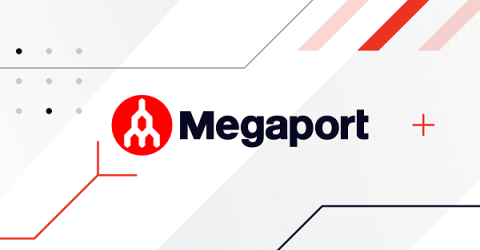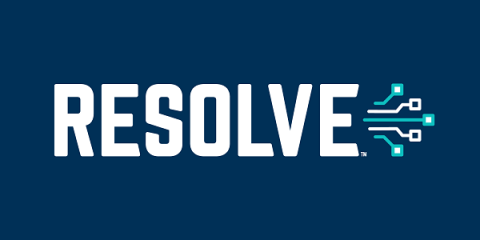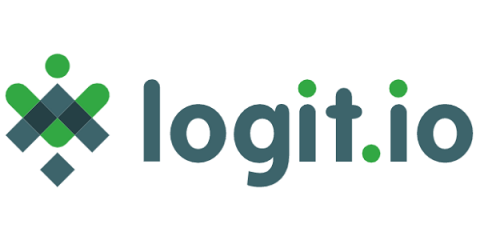Mitigate the Risk of Operational Failure with PagerDuty Advance, GenAI for Every Step of the Incident Lifecycle
As organizations increasingly rely on complex digital infrastructure, they must be ready to move rapidly when major incidents occur. The recent global outage has shown just how fragile IT systems can be. With mounting pressure to deliver seamless customer experiences, GenAI and automation present an opportunity to manage risk more effectively, by ensuring responders have the right information to restore services quickly.











